For today’s tour, we’re highlighting artists whose practices thrived in isolation, themes of loneliness in art, and working environments of the home. We invite you to find inspiration in these artists’ work and discover ways to overcome challenges to art making in your own creative practice.

Untitled No. 9 was made in 1977 when abstract painter Agnes Martin lived and worked in isolation in Taos, New Mexico. She had left New York a decade prior due to her struggle with mental illness. During this period of solitude, Martin returned to the geometric abstraction that defined her early practice. Her signature grids, formed by hand-drawn vertical and horizontal lines, offer a sense of serenity.
In her words, “Nature is like parting a curtain, you go into it. I want to draw a certain response like this […] that quality of response from people when they leave themselves behind, often experienced in nature, an experience of simple joy.”

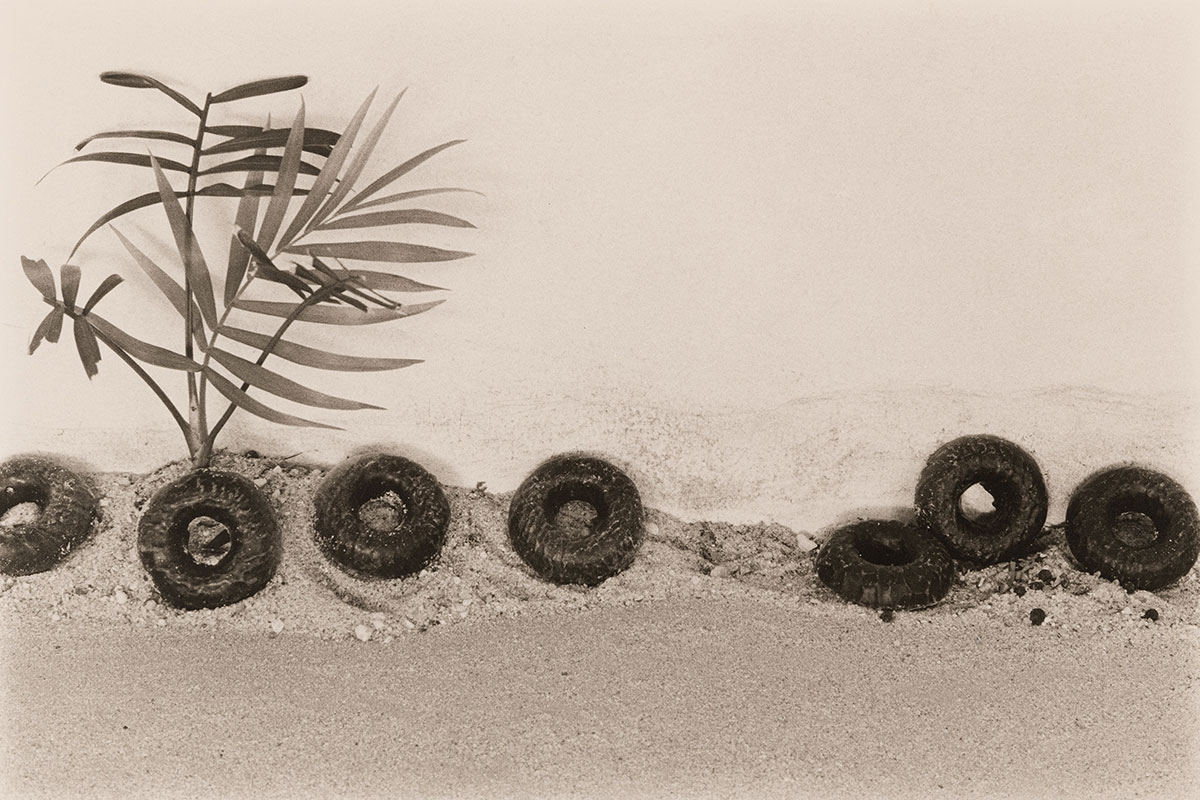
In her Landscape/Loftscape series from 1976, photographer Marcia Resnick cleverly took landscape images from her own travels and recreated them with curious knickknacks found in her own apartment.
“I was stuck in New York, so I started to recreate the landscapes in miniature and photograph them…It’s a comment on photography and how it flattens dimensions and how a photograph isn’t really the thing itself […] A re-creation of Texas is just as much Texas as the photograph of Texas.”—Marcia Resnick
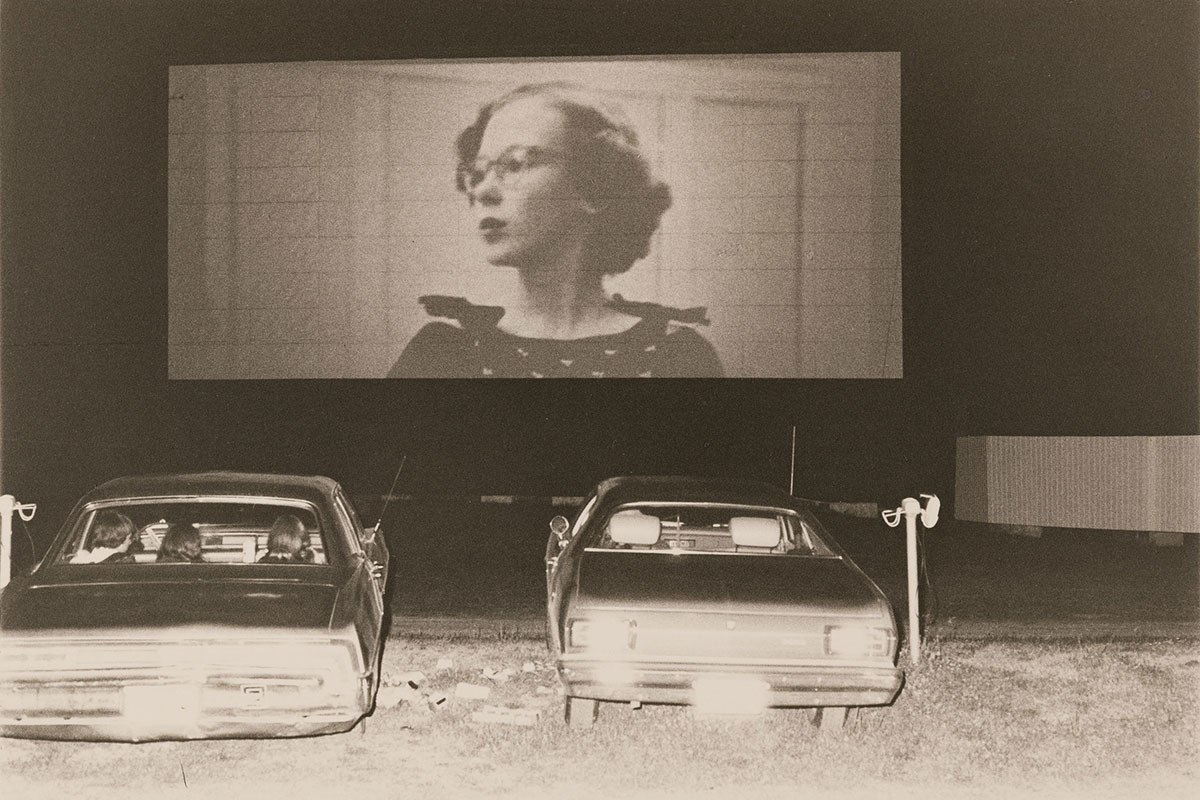
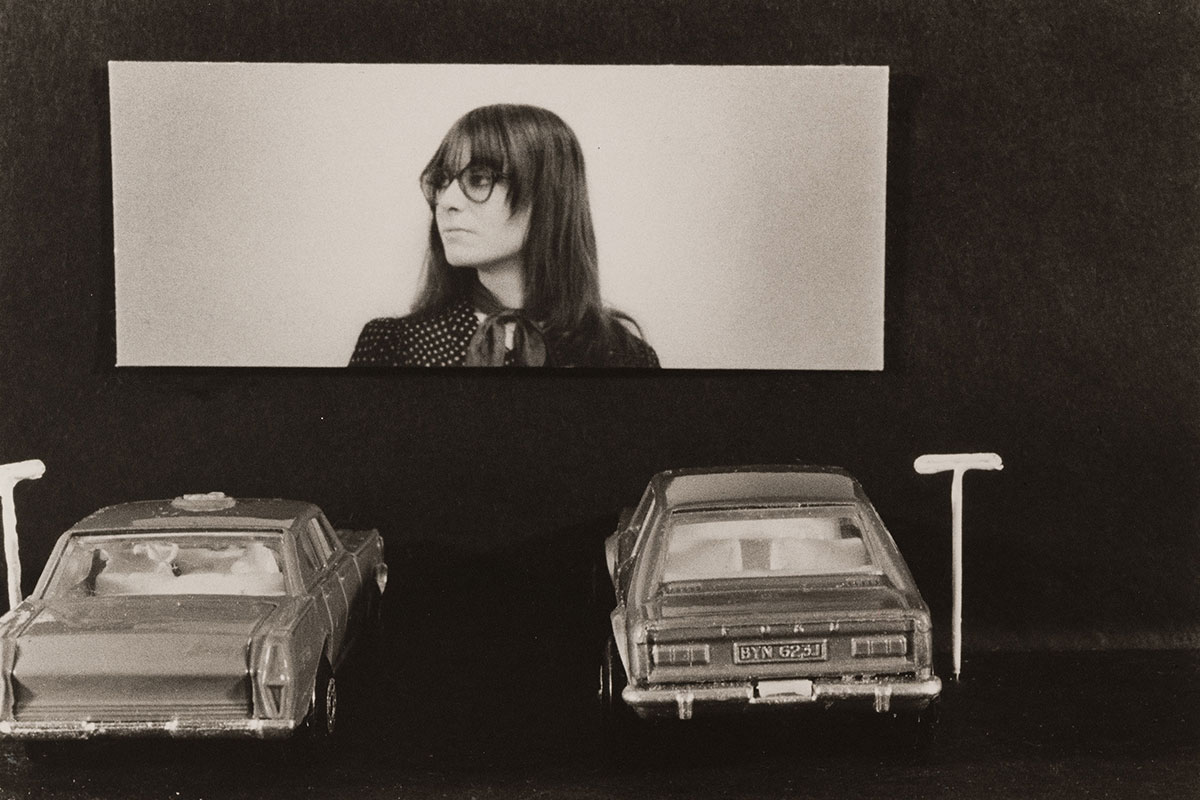
Suddenly, you might notice the differences between the two seemingly similar images. The tires in one photograph become chocolate jelly rings in the other, and the projected image of a film star is replaced with a self-portrait of the artist herself.
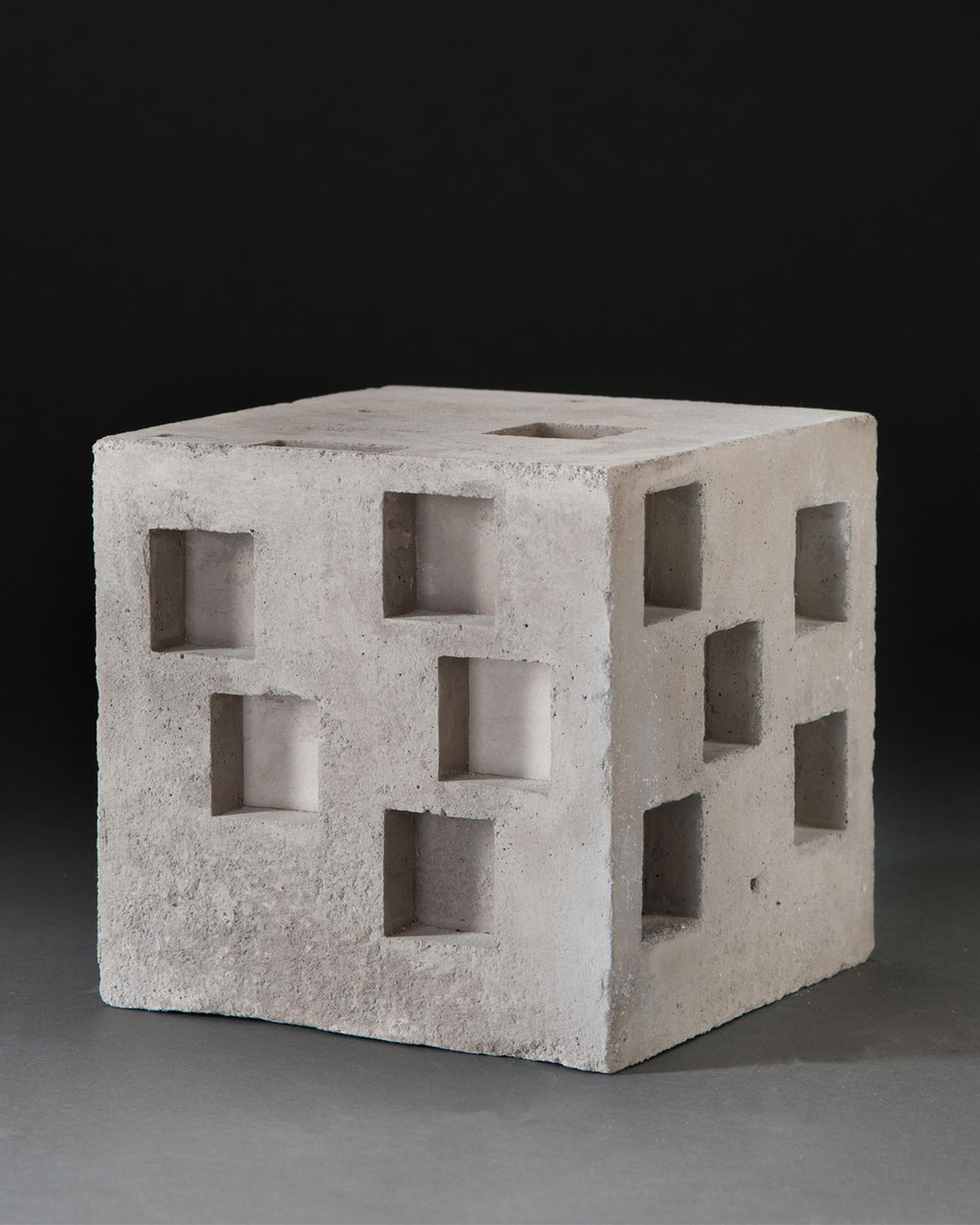
Casa Poli was built by architects Pezo von Ellrichshausen on a remote coastal site in Chile. This robust concrete cube functions as a weekend home and occasional artist retreat. The concrete is punctured by multiple square openings, which offer glimpses of ocean and sky. A narrow staircase within leads to a roof terrace with dramatic 360° views. Casa Poli is an ideal villa in which to escape urban life and embrace the magnitude of nature.

In the later years of his career, Impressionist Camille Pissarro was confined to working indoors due to chronic eye infections. Pissarro traveled around France and painted what he could see from hotel windows, often approaching the same subject at different times of day or from different viewpoints. This elevated perspective allowed him to observe bustling city life and changes in light and atmosphere while protecting his eyes from outdoor irritants.
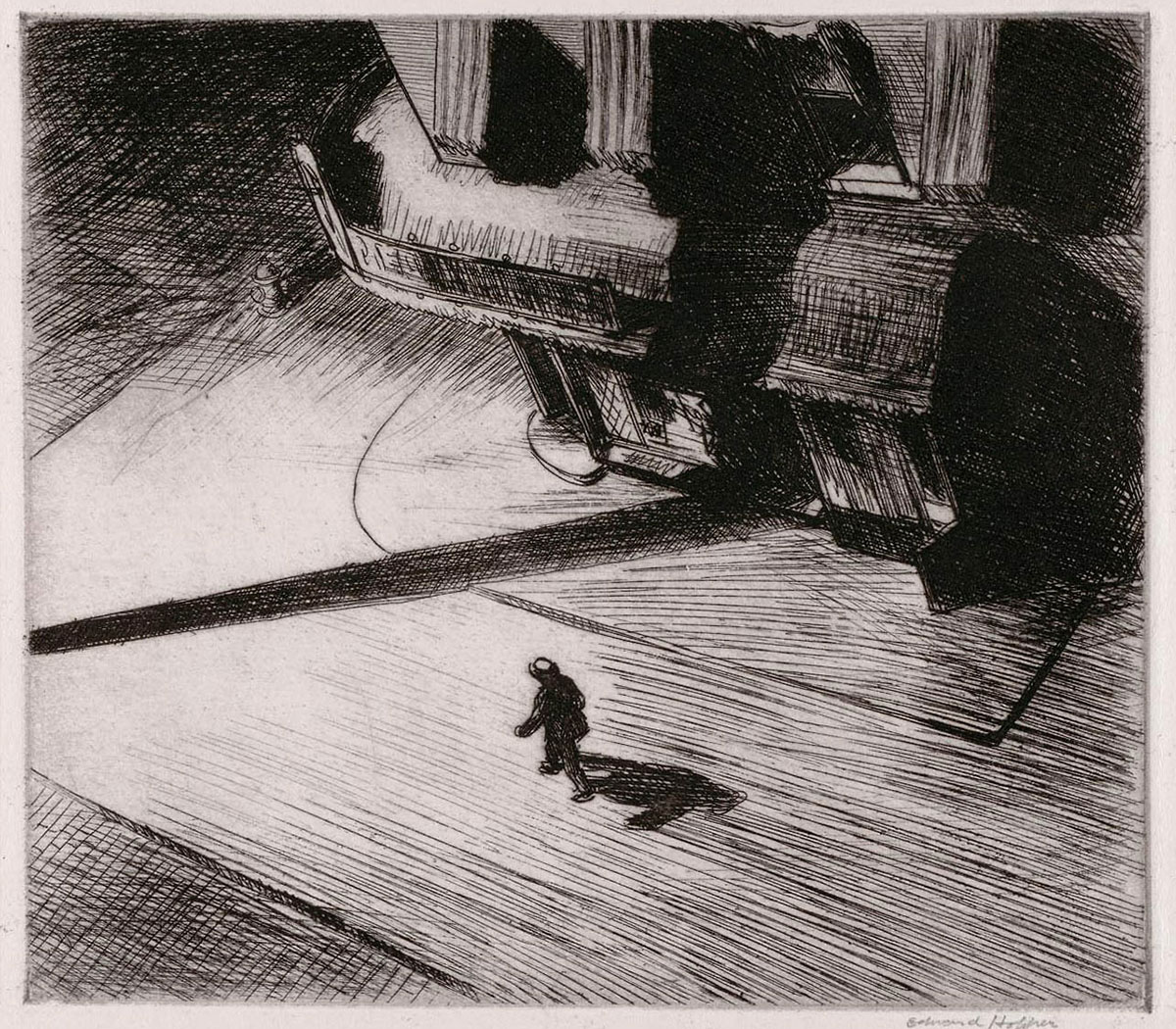
Edward Hopper’s work has become synonymous with loneliness and alienation, and these themes appeared in his early works and endured throughout his career. In Night Shadows, Hopper’s stark rendering of light and shadow lends a sense of unease to a lone figure walking at night. The bird’s eye view amplifies the scene, creating tension between the viewer and the unassuming pedestrian.
Create
Thanks for joining our tour! Now we challenge you to create a work of your own.
Consider the artists featured, each producing works responding to isolation or solitude. Many people in the world are experiencing a period of isolation. What new habits or practices have you developed? How are these new habits or practices a response to isolation?
Reflect on one of the habits you have developed in isolation and write a Haiku poem about this habit! A Haiku is a three-line poem. The first line is five syllables, the second is seven syllables, and the third is five syllables. Here’s an example:
Neighborhood Walk
Neighborhood places
Seen alone, but familiar
Reveal new pleasures.